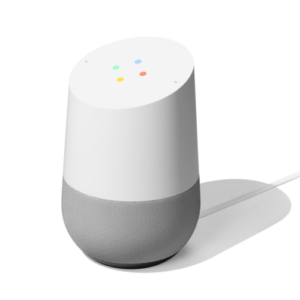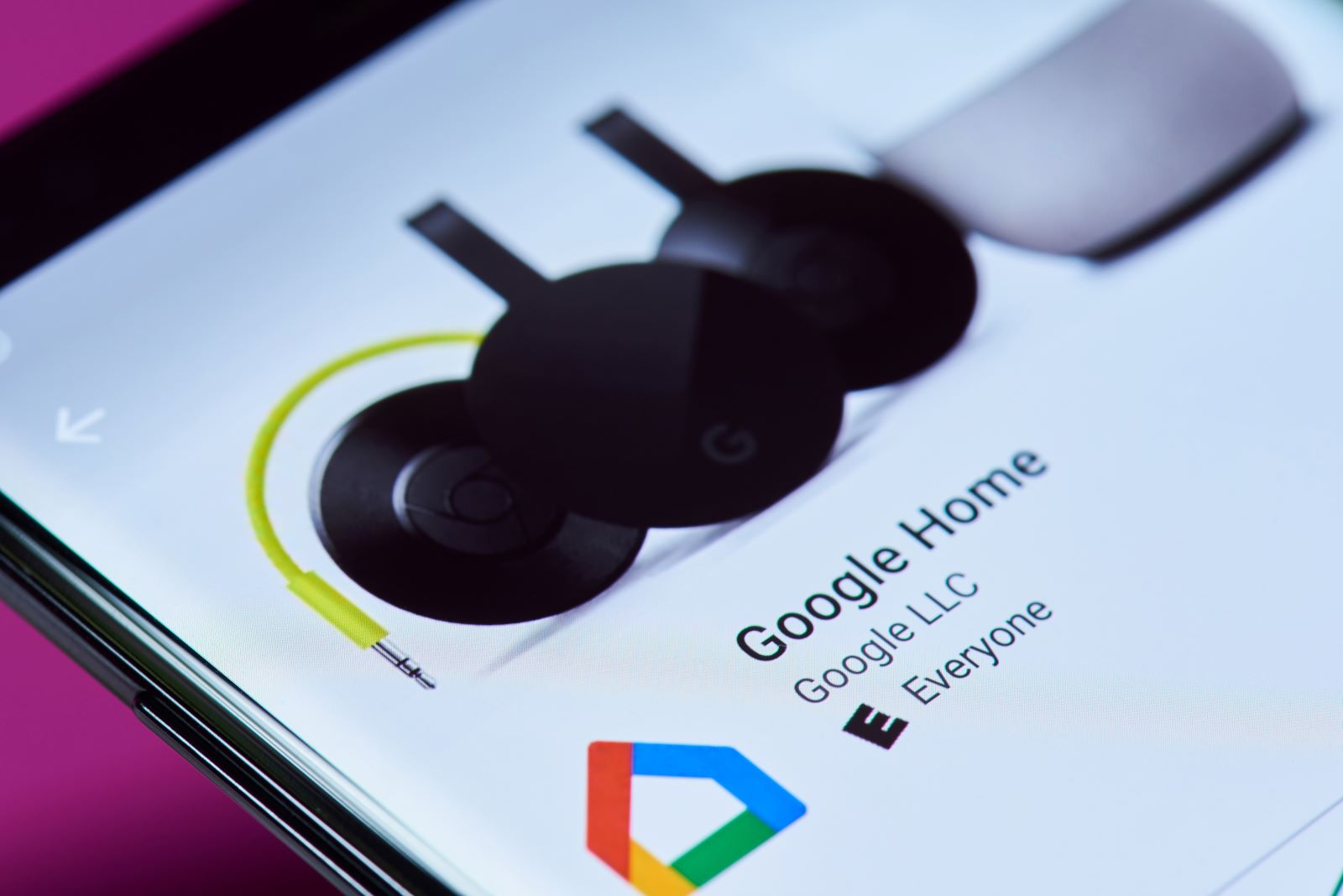Google makes setting up its smart speaker a breeze.
How to set up Google Home
The Google Home (and Google Home Mini) smart speaker is a plug-and-play device, so setting up the hardware itself consists of unboxing the Google Home smart speaker, connecting the power cord to its base, and plugging it into an outlet. The lights on the Google Home's touch panel will begin to cycle, and Google Assistant's voice will direct you to open Google Home on your smartphone or tablet.
Most of the set-up takes place in the Google Home app.
First, here's the short version.
How to set up Google Home (step-by-step)
- Unbox the Google Home device
- Connect the power cord
- Connect power to outlet
- Connect your smartphone or tablet to your home WiFi
- Download the Google Home app from Google Play (Android) or App Store (iOS)
- Sign in to the Google Home app with your Google details
- Tap the +button in the top-left corner of the Google Home app
- Your new Google Home device should appear on the next screen, tap Set up device
- Select your Homeor Add another home if this is your first time using the app
- Tap Yeswhen you hear a chime from your Google Home speaker
- Connect your Google Home to your WiFi with your modem password
- Opt in or out of Voice Match
- Choose Assistant Voice
- Link music, radio and video services
- Enter your phone number if you would like to make calls and verify via SMS
- Done! All settings and services can be customized in the Google Home app at any time

Initial Google Home setup
The Google Home smart speaker is a plug-and-play device, so setting up the hardware itself consists of unboxing the Google Home smart speaker, connecting the power cord to its base, and plugging it into an outlet. The lights on the Google Home's touch panel will begin to cycle, and Google Assistant's voice will direct you to open Google Home on your smartphone or tablet.
Most of the set-up takes place in the Google Home app.
First, connect your smartphone or tablet to your home WiFi network.
Next, download the Google Home app from the App Store or Google Play. Once you've downloaded the app, open it, and sign in with your Google account details (Gmail, etc.).
After logging in, you'll have an overview of your Home and its connected devices. If Google Home is the first device you're setting up, no other devices will show up. To add your Google Home smart speaker to your home, tap the + button in the top-left corner of the screen.
This will take you to the Add and manage screen. You can set up new devices, invite other home members (via email address), create speaker groups, and more.
To add your Google Home, tap Set up device, then choose your Home or Add another home. On the next screen, the app will begin searching for local devices. Once it's found your device, a pairing chime will play through the Google Home speaker. If the chime comes from the speaker you're trying to connect, tap Yes.
Google will ask you a series of legal and privacy questions. Answer those how you see fit and move onto the next step.

How to connect Google Home to WiFi
After passing Google’s gamut of privacy and legal questions, the Google Home app will ask you to select the WiFi network you wish to connect Google Home to. Select the same WiFi network your smartphone or tablet is connected to.
Tip: If you have dual-band WiFi with a 2.4GHz and 5GHz connection, you need to make sure both your smartphone or tablet and Google Home device are connected to the same channel.
If you’ve already set up Google Assistant, your WiFi password should pre-fill, otherwise enter the same password you regularly use for your home WiFi (found on the back of your modem if you haven’t changed it).
You will be asked if you want to use Voice Match. This feature allows the Google Home to recognise your individual voice and create a profile of preferences based on clips of your voice. If you want personalised results, accept Voice Match (this can be changed at a later date).
Next, select the Assistant voice you’d like to use (there are a few variations and samples to test).
Here comes the important part, linking your preferred radio and music streaming services. Google Home includes YouTube Music and Google Play Music by default (using your Google account details), but if you’d like to add Spotify, Pandora, Deezer etc. select those services from the list and enter your login details for those apps. Select your default music player (e.g. Spotify) and tap next.
If you want to link video services, select the apps you use from the next page (e.g. Netflix) and repeat the steps above. And if you’d like to make and receive phone calls, enter your phone number in the next field . Google will send you an SMS with a verification code that will be entered in the Google Home app.
Done! You’re all set up and ready to start using Google Home. All settings and connected services can be altered via the Google Home app if anything changes.
If you've purchased a Chromecast, smart bulbs, or any other device compatible with Google Assistant, you're already halfway there. Google-branded products will be managed through the Google Home app. Simply repeat the steps above but select the Google Chromecast to connect it to your home. Third-party products can be connected via the Google Home app too, but these may also need a secondary app to connect (e.g. the LIFX app for LIFX smart bulbs).
How to reset Google Home
If you want to start fresh, or you’ve purchased a Google Home second-hand, performing a factory reset couldn’t be easier (if a little unclear). There’s one physical button on the back of the Google Home, a mute microphone button. If you press and hold the mute microphone button for around 15 seconds, your Google Home will tell you it's about to factory reset, continue holding the button after hearing this message to perform a factory reset.
Now your Google Home is a blank slate, ready to be set up all over again.
Related Articles



